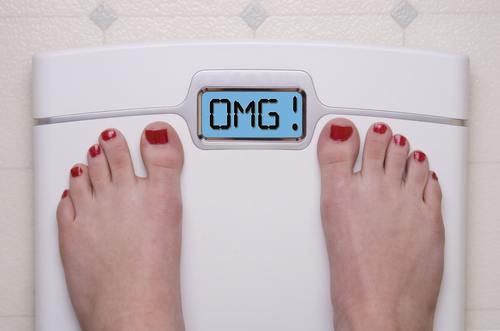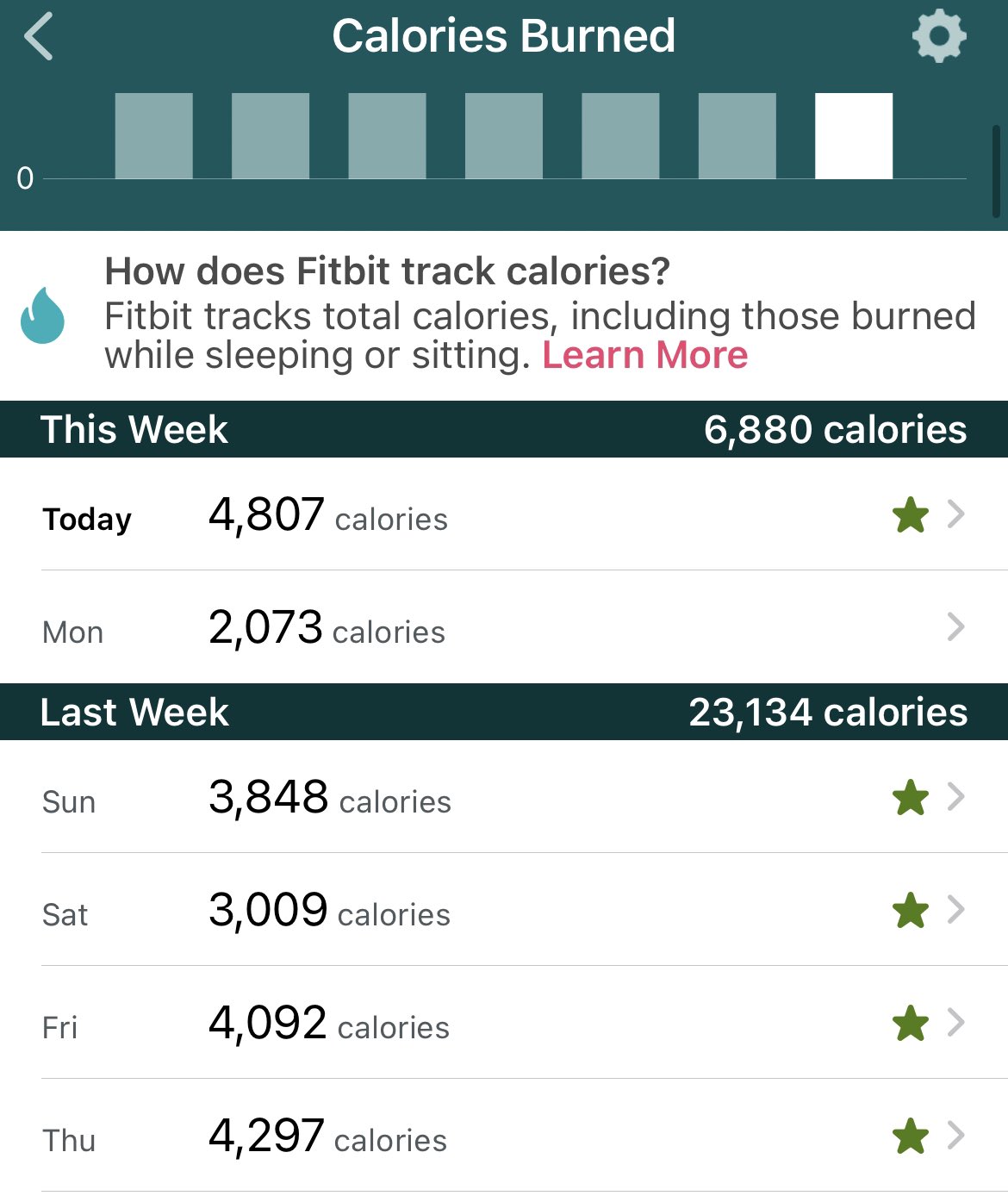
The first step to losing weight is to identify and set realistic goals. It will be easier to set realistic goals, evaluate your progress and create a plan. Then you'll have a plan to follow and know where to focus your efforts. This will help you make weight loss progress. Follow these 3 steps to lose weight and keep it off! We have all been there before, but with a little help we can make it easier than ever!
These are 3 steps to help you lose weight.
You don't need magic pills or a special diet to lose weight. It is a matter of determination, discipline, and perseverance. Making small changes to your daily habits will help you shed the extra weight. If you want to lose weight, you need to make smart food choices and become more active. Here are 3 easy steps to lose weight:

Identifying the challenges
It may be helpful to identify your obstacles to weight loss so that you can overcome them. Although a diet plan may work well for you, there are likely other obstacles that could be preventing you from losing weight. In this case, you may need to identify these challenges and develop a strategy to overcome them. This article will discuss some of the main obstacles that people face when trying to lose weight. By examining your lifestyle, you will be able to better understand how to overcome those obstacles.
Realistic goals
The most common misconception about weight loss is that goals should be higher to achieve better results. A meta-analysis recently found that higher goals do not always lead to weight loss. However, a more ambitious goal is likely not to cause as much effort, disappointment, or relapse. Failure to reach it will make it less meaningful. Setting goals too high or low can be detrimental to your weight loss efforts.
Evaluating progress
There are many ways you can measure progress in weight reduction, including measuring your waist circumference and using a fitness app. While measuring body composition is important, it's important to consider your own body's overall health as well. Evaluating your weight loss progress will help you see your overall success and make necessary changes to your plan. Ideally, you should revisit your plans regularly to check if you're making progress towards your goals.

Celebrating weight loss milestones
Although the number on the scale may be motivating, it is tempting to obsess over your journey. You may dream of new clothes and a boost in confidence. While such a dream can motivate you to continue on, it also may derail your progress. Celebrate your weight loss milestones and take a positive step.
FAQ
Can intermittent fasting interfere with my sleep?
Intermittent fasting can affect your sleep. Your hunger hormones can rise if you skip meals. You might find yourself awakened at night due to your hunger hormones.
Experts suggest skipping breakfast. Experts recommend having a light snack before going to bed.
If you're still hungry after this snack you can have a small meal right before going to sleep.
But remember not to overeat. You'll gain weight, not lose it.
Why exercise is so important to your weight loss goals
The human body, an amazing machine, is incredible. It was designed to move. Whether we are walking, running, swimming, biking, lifting weights, playing sports, dancing, jumping rope, riding our bikes, or just standing still, moving our bodies helps us stay healthy.
Exercise also burns calories and improves muscle tone. This makes you feel good both physically and psychologically. Exercise is an important part of weight loss.
-
Exercise increases metabolism. When you exercise, your body uses energy. Your heart rate increases, blood flow to your muscles and oxygen is absorbed from your lungs when you move. These activities all require energy. Exercise can help you burn more calories and increase your metabolism rate. Burning calories is how much energy your body uses during physical activity.
-
Exercise reduces appetite. When you work out, you will naturally eat less calories.
-
Exercise builds strength. Muscle tissue uses more energy than fat tissue to function. So if you build lean muscle mass, you will need less food to maintain your current weight.
-
Endorphins are released when you exercise. Endorphins can make you happy. When you exercise, they are released into the bloodstream. Endorphins have been shown to prevent pain signals from reaching your brain. This results in a feeling of wellbeing.
-
Exercise can boost self-esteem. Regular exercise leads to higher self-esteem. This leads to healthier lives.
If you want to lose weight, start with small changes. These tips can be added to your daily routine.
How do I create an exercise routine?
The first step is to create a routine for yourself. It's important to have a plan for each day. This helps you plan ahead and avoid procrastination.
You should also ensure you have plenty to choose from when working out. You don't want to become bored with exercise because then you won't stick with it.
Also, you need to keep track on your progress. It's important that you keep track of the weight you have gained or lost over time.
You can lose weight quickly if you do not gain weight. You may find it difficult to stay motivated if your weight increases.
Find a healthy balance between losing weight and gaining weight. You won't be able to exercise if your current weight is not comfortable.
How often do people fast regularly?
People who are on a ketogenic diet only fast once a week. Some people fast twice a week. Others fast three times a week.
There is a variation in the length of fasts. Some fast for 24 hours while others fast for 48.
Some people can even travel for up to 72 hours. However, extreme cases like these are rare.
Statistics
- A 12-week study in 20 women with obesity found that walking for 50–70 minutes 3 times per week reduced body fat and waist circumference by an average of 1.5% and 1.1 inches (2.8 cm), respectively (healthline.com)
- According to a study sponsored by the American Council on Exercise, a person weighing around 140 pounds (64 kg) would burn 108 calories at a 30-minute beginner's Pilates class or 168 calories at an advanced class of the same duration (26). (healthline.com)
- One study in 9 active men found that HIIT burned 25–30% more calories per minute than other types of exercises, including weight training, cycling, and running on a treadmill (18Trusted Source (healthline.com)
- One 6-month study showed that simply doing 11 minutes of strength-based exercises 3 times per week resulted in a 7.4% increase in metabolic rate, on average. (healthline.com)
External Links
How To
How to do Intermittent Fasting (IF)
Intermittent Fasting is a method of dieting where you only eat one meal per week, typically Monday through Friday. The goal is to decrease your overall calories and still get adequate nutrition. This will allow you to burn fat more quickly than eating regular meals throughout the week.
The most common form IF is to reduce calories on specific days. This would be a way to skip breakfast and eat whatever you want throughout the day. It is possible to choose to have three smaller meals each day, rather than two large.
There are many different forms of intermittent fasting, including alternate day fasting, 5/2 fasts, 8/4 fasts, 16/8 fasts, etc. There are pros and con's to every type of intermittent fasting. Alternate day fasting is the easiest way to start out because you don't have to make any major changes to your lifestyle. However, some people find it difficult to stick to a strict schedule like this, so they might prefer to try other methods first.
If you're looking to start an intermittent fasting routine, I recommend starting with alternate-day fasting. This will allow you gradually to transition into more extreme fasting habits without changing your lifestyle.